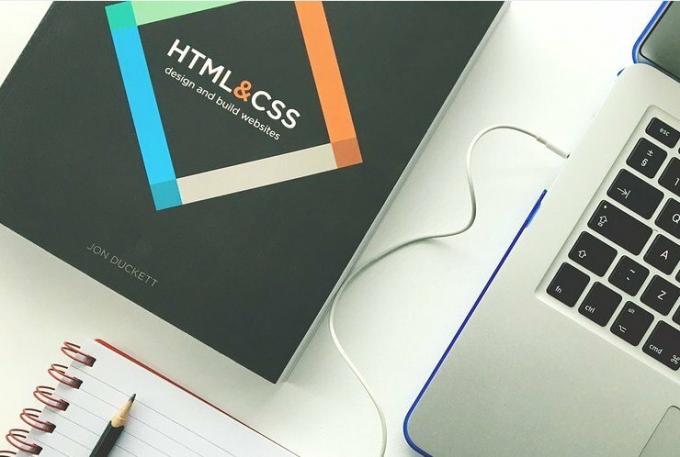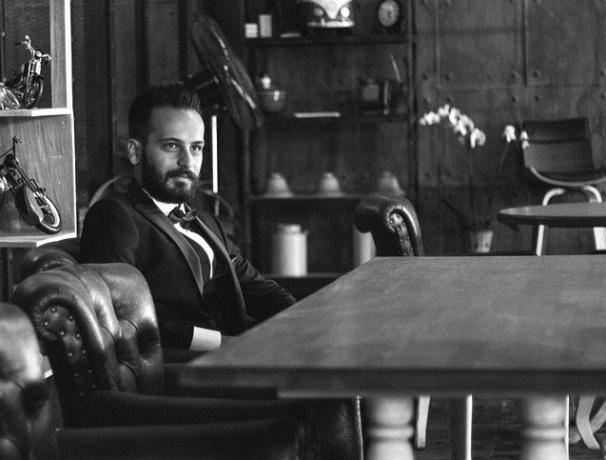In the study of natural and social sciences, various research methods are widely used, one of these is the comparative method, used especially in the study, analysis and conduct of experiments, where the comparison can fall on various variables, in order to establish relationships in mathematical terms.
In this article you will find:
Definition of comparative method
The comparative method It is defined as a systematic research procedure, based on the differentiation of phenomena, with the intention of establishing similarities and differences between them.
Advertisements
As a result, it aims to obtain data that leads to the definition of a problem, the understanding of it and even the search for possible improvements.
Comparison is quite a method effective to put into practice tacit knowledge and unspoken attitudes. This is possible by demonstrating two objects or situations with slight differences in parallel and explaining the differences between them.
Advertisements

Using the comparative method
This method encompasses widespread use, started in the natural sciences and has spread in the social sciences. It is common to notice the use of it in events of:
Advertisements
- comparative physiology.
- Anatomy.
- Political and economic studies.
- Administrative processes.
The design of comparative research in general is simple, it studies specimens of the same group that differ in certain aspects. These differences being the center of the examination, with the idea of revealing the reason for the differences in order to find the underlying structure that generates the variation.
Characteristics of the comparative method
- It is a versatile method, it can be used as a complement to other methods.
- It can form the complete structure of a research project.
- As the analysis proceeds, it allows adding new aspects and even removing empty aspects.
- It is not worth recording the similar aspects of the cases, since the study is a comparison of the isms.
- In a comparative study, two or more cases, objects or events are observed, based on the object of study, the interesting aspects, characteristics or tributes to observe and record for each case are decided.
- It is given by observation.
- The objective of a comparative investigation is to reveal the systematic and invariant structure for the group from which the cases studied come from. In other words, the fundamental objective of this method is empirical generalization and hypothesis verification, in order to understand unknown events from known ones.
- It allows and is very effective in the study of small samples.
- Some specialists consider it a very limited type of study, due to the fact that it works with limited time and space factors, implied by the size of the sample.
Types of comparative methods
In the comparative method there are the following styles:
Advertisements
The descriptive comparison:
It is used to describe and explain the invariants of events or objects. It does not seek to generate changes in them, in general on the contrary it tries to avoid it.
In a descriptive study, there are many situations where comparison turns out to be the most appropriate method. For example, one could carry out studies of similar products that have been designed by various designers, or manufactured by various companies.
Advertisements
The normative comparison
It is a necessary style of investigation when, in addition to detecting and explaining events, improves the current state of the event, or helps to improve products, or develop products in the future.
The main difference between these two styles of comparison (descriptive and normative) is that in the normative study the criteria are evaluative, for example, of the satisfaction, utility, performance, etc., and the purpose of the study is to specify the best in this regard, considering all the possible alternatives that are they study.
On the other hand, in addition, the ultimate goal in addition to finding the best existing object, is also to improve the objects in the future similar, that is, the comparative study is expected to yield useful arguments to propose improvements in eventualities or products existing.
Conclution
Finally, it is important to note that, in general terms, the comparison refers to a mental logical activity, present in a great variety of situations in daily life, it consists of observing the similarities and differences between two or more events, events or objects.
When the comparison is conceived from the point of view of comparative methodIts use is more associated with scientific research, and is considered more than simple observation, an ordered procedure that examines similarities, differences and the relationship between them.
This method can be designed in an active, participatory, inductive and discovery way, placing activities that operate as tools that put into practice the dynamic techniques of observation and evaluation.
The comparative method It is one of the elements most used by scholars in experimental and statistical methods. In the field of political science many thinkers have developed their theories using this method, Likewise, cases are presented where these comparative studies have enriched the knowledge of this discipline.


